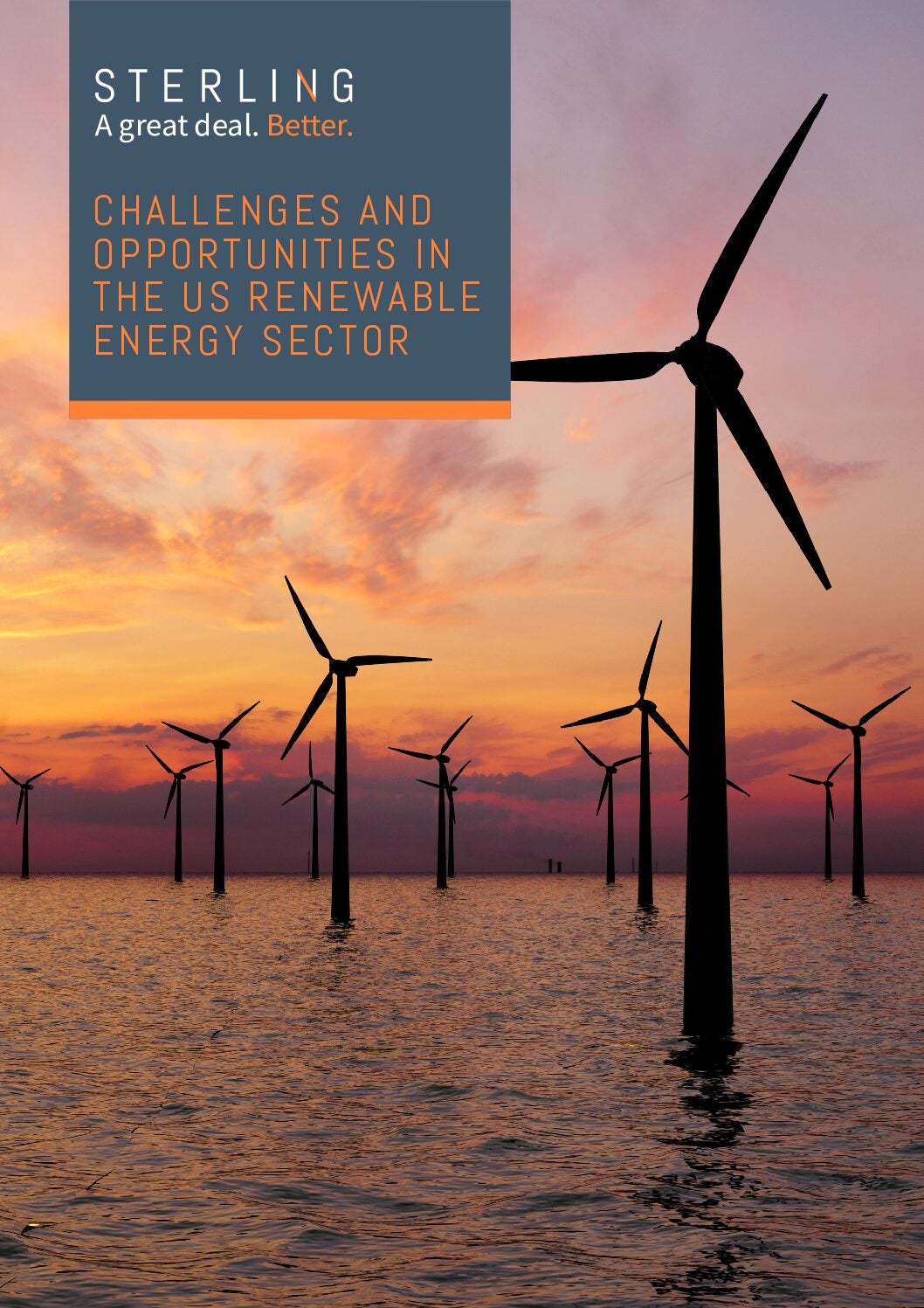
Green hydrogen has the potential to reduce European dependence on Russian oil, boost energy security at a time of volatility and accelerate progress towards climate goals – and it is gaining attention from governments and industry leaders alike. But challenges including high cost and a lack of infrastructure risk putting the brakes on large-scale adoption, while corporate energy commitments may not all be as they seem. The future of fuel will depend on whether the big European players are truly committed to a green hydrogen transition.
Fuelling the energy transition
Recent advancements in green hydrogen technology are increasing its utility across a number of industries and geographies. New hydrogen projects have been announced by several major energy stakeholders including UK-based Carlton Power and French hydrogen pioneer HDF Energy. Global renewables leader Iberdrola is promoting Spain’s largest green hydrogen centre, while the Spanish Ministry of Science has awarded recent grants to hydrogen flight projects. Meanwhile, the UK and Norway have signed a Memorandum of Understanding to strengthen their cooperation on hydrogen, and Germany and Denmark have agreed to cooperate on the roll-out of green hydrogen transmission infrastructure.
Green hydrogen offers European countries the opportunity to increase energy security and reduce their dependence on Russian gas. According to the Oxford Sustainable Finance Group, the cost of replacing Russian gas with green technologies by 2028 could be almost paid off through savings over the next 30 years.
In 2023, the EU announced plans to phase out the use of natural gas and increase production of renewable energy by a third by 2030, offering incentives to non-fossil energy producers to encourage them to expand operations. Meanwhile, the European Commission recently announced the creation of the European Hydrogen Bank, which hopes to establish a full hydrogen value chain in the EU as part of the EU’s ambitions to end important of Russian fossil fuels and achieve net-zero by 2050.
Hitting the brakes
Hydrogen has significant potential to accelerate the decarbonisation of transportation. For vehicles requiring high energy densities and long-range journeys, hydrogen offers an effective source of energy. According to the International Energy Agency (IEA), tailpipe carbon dioxide emissions from heavy-duty vehicles have been increasing by 2.2% annually, meaning decarbonisation is an important focus. In recent years, companies including Volvo, Toyota and BAE Systems have begun developing hydrogen bus and truck solutions, and governments have launched projects to establish hydrogen refuelling infrastructure.
But a large-scale automotive hydrogen transition is being held up by the operational reality, especially in the light vehicle sector. Hydrogen light vehicle production is projected to reach 380,000 units by 2035, only 0.36% of total production. The main hurdle to adoption is a lack of refuelling infrastructure which is stifling consumer demand, in turn disincentivising innovation by manufacturers. Electrification is expected to remain the solution of choice for light vehicles.
Access to infrastructure is increasingly recognised as a limiting factor for hydrogen adoption across sectors. In response, countries have announced record numbers of hydrogen refuelling station projects. Pioneers such as Everfuel aim to make green hydrogen commercially available across Europe. In a joint venture with Hy24, the world’s largest hydrogen infrastructure fund, Everfuel has recently co-invested EUR 200 million in electrolyser capacity in the Nordic region, along with establishing new construction contracts for refuelling facilities in Germany. For projects of this kind to continue, more government incentives and support are key.
The highway ahead
Much of the future of green hydrogen hinges on the commitment of governments and companies. But NGO Transport & Environment reports that Europe’s oil majors are investing eight times more in biofuels than hydrogen, with biofuels production expected to reach four times higher than the EU can sustainably provide feedstock for. Meanwhile, not all hydrogen investment is equal. Shell, BP, Total, ENU and Repsol are investing EUR 6.5 billion in blue hydrogen, which is produced from natural gas, twice the amount that is invested in green hydrogen and e-fuels, which are produced using renewable electricity.
In reality, the road towards the energy transition may not be as it seems. According to the IEA, if current energy policy is unchanged, the percentage of fossil fuels in the global energy mix will only fall below 75% in 2030. The World Energy Council (WEC) reports that 64% of leaders believe the current pace of renewable energy adoption is too slow to meet Paris Climate Agreement Targets.
According to a recent survey by the WEC, one of the biggest barriers to energy transition is national self-interest. A spirit of energy interdependence and technological collaboration is required to achieve energy goals. The Oxford Sustainable Finance Group suggests that true hydrogen transition will require “a more conducive policy environment”, including faster permitting, diversified and secure supply chains, widespread weatherisation of facilities and a supportive financing ecosystem.
Discover further insights
To learn more, download our new report “‘M&A and financing in the post-pandemic European renewable energy sector”’, published in association with Sterling Technology – the premium virtual data room for renewable energy dealmaking.



